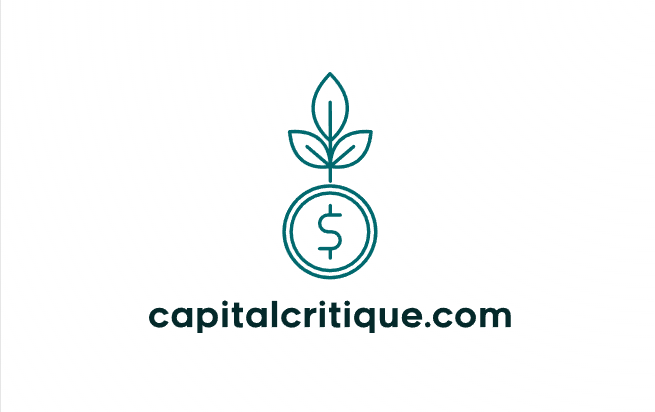Peer-to-peer (P2P) lending has emerged as a popular alternative investment and borrowing option, revolutionizing the traditional banking landscape. In this comprehensive guide, we delve into the intricate world of P2P lending, exploring its origins, mechanics, and the myriad opportunities it presents to investors and borrowers alike. From providing accessible funding avenues for small businesses and individuals to offering investors the potential for attractive returns, P2P lending embodies the democratization of finance. However, amidst the promise of innovation and financial inclusivity, lurk inherent risks and challenges. Join us as we navigate through the pros and cons of peer-to-peer lending, shedding light on its transformative impact and the considerations necessary for informed decision-making in this dynamic realm of finance.
Table of Contents
Pros of Peer-to-Peer Lending
Access to Funding Opportunities: P2P lending platforms offer borrowers, particularly those with limited access to traditional banking services or less-than-perfect credit histories, an alternative source of funding. This democratized approach to lending opens doors for individuals and small businesses seeking capital.
Potential for Higher Returns: Investors in P2P lending have the potential to earn attractive returns compared to traditional savings accounts and other low-yield investments. By cutting out intermediaries, investors can earn interest income directly from borrower repayments, potentially leading to higher overall returns.
Diversification Benefits: P2P lending provides investors with the opportunity to diversify their investment portfolios beyond traditional asset classes such as stocks and bonds. By spreading their investments across a variety of loans with different risk profiles, investors can mitigate risks and enhance overall portfolio resilience.
Flexibility and Transparency: P2P lending platforms typically offer transparent and user-friendly interfaces, allowing investors to evaluate loan opportunities based on borrower profiles, loan terms, and risk ratings. This transparency empowers investors to make informed decisions aligned with their risk tolerance and investment objectives.
Cons of Peer-to-Peer Lending
Default and Credit Risk: One of the primary risks associated with P2P lending is the potential for borrower defaults, leading to loss of principal and diminished returns for investors. While platforms often employ risk assessment tools and credit scoring models, there remains inherent uncertainty regarding borrower repayment behavior.
Regulatory Uncertainty: The regulatory landscape surrounding P2P lending varies across jurisdictions, with some regions imposing stringent regulations while others maintain a more laissez-faire approach. This regulatory ambiguity can create challenges for both platforms and investors, raising concerns about consumer protection and platform stability.
Liquidity Constraints: Unlike publicly traded securities, P2P loans often lack liquidity, meaning investors may face challenges selling their loan investments before the loan term expires. This lack of liquidity can restrict investors’ ability to react to changing market conditions or redeem their investments when needed.
Platform and Operational Risks: P2P lending platforms are susceptible to operational risks such as cyberattacks, platform outages, and insolvency. Investors may face disruptions or losses if a platform experiences technical issues or financial distress, highlighting the importance of due diligence and risk management.
Conclusion
Peer-to-peer lending presents both opportunities and challenges for borrowers and investors alike. While P2P lending offers accessible funding options, potential for higher returns, and portfolio diversification benefits, it also entails risks such as default, regulatory uncertainty, liquidity constraints, and platform-related risks. As with any investment decision, thorough research, risk assessment, and diversification are essential for navigating the P2P lending landscape effectively.
Check here our best investment suggestions for 2024.
By understanding the nuances of peer-to-peer lending and carefully weighing the pros and cons, individuals can make informed decisions aligned with their financial goals and risk tolerance levels.





